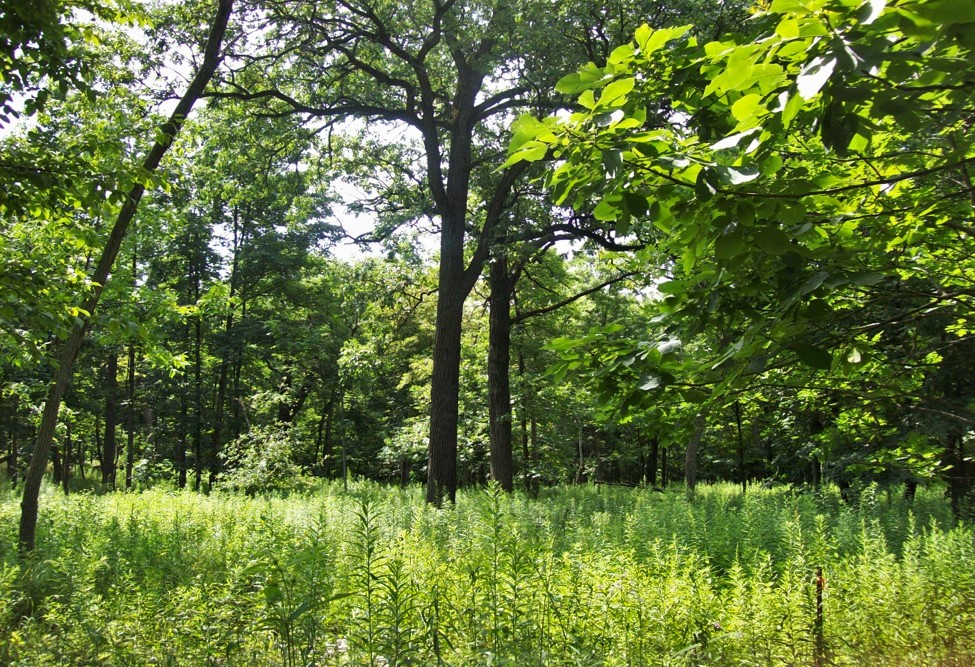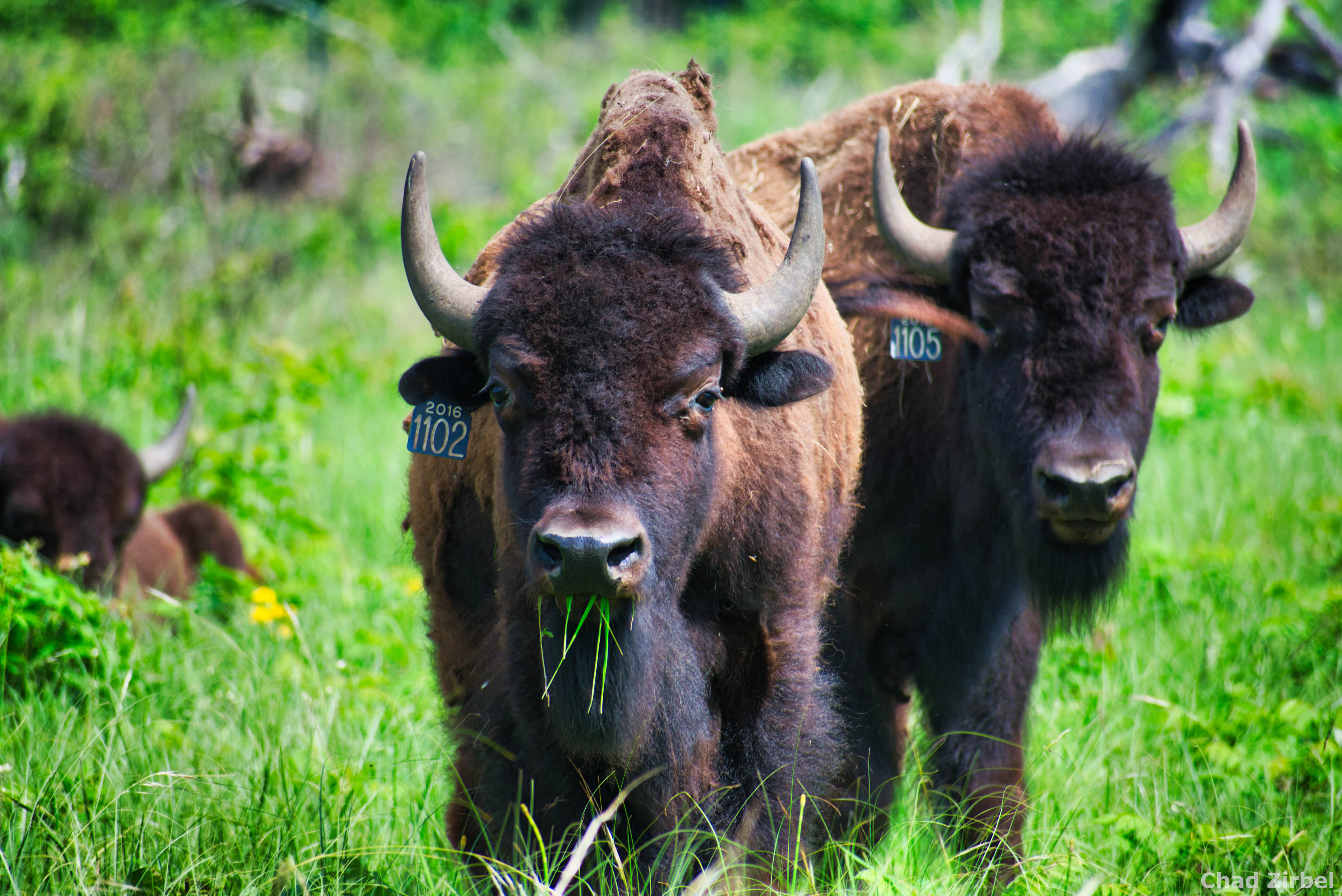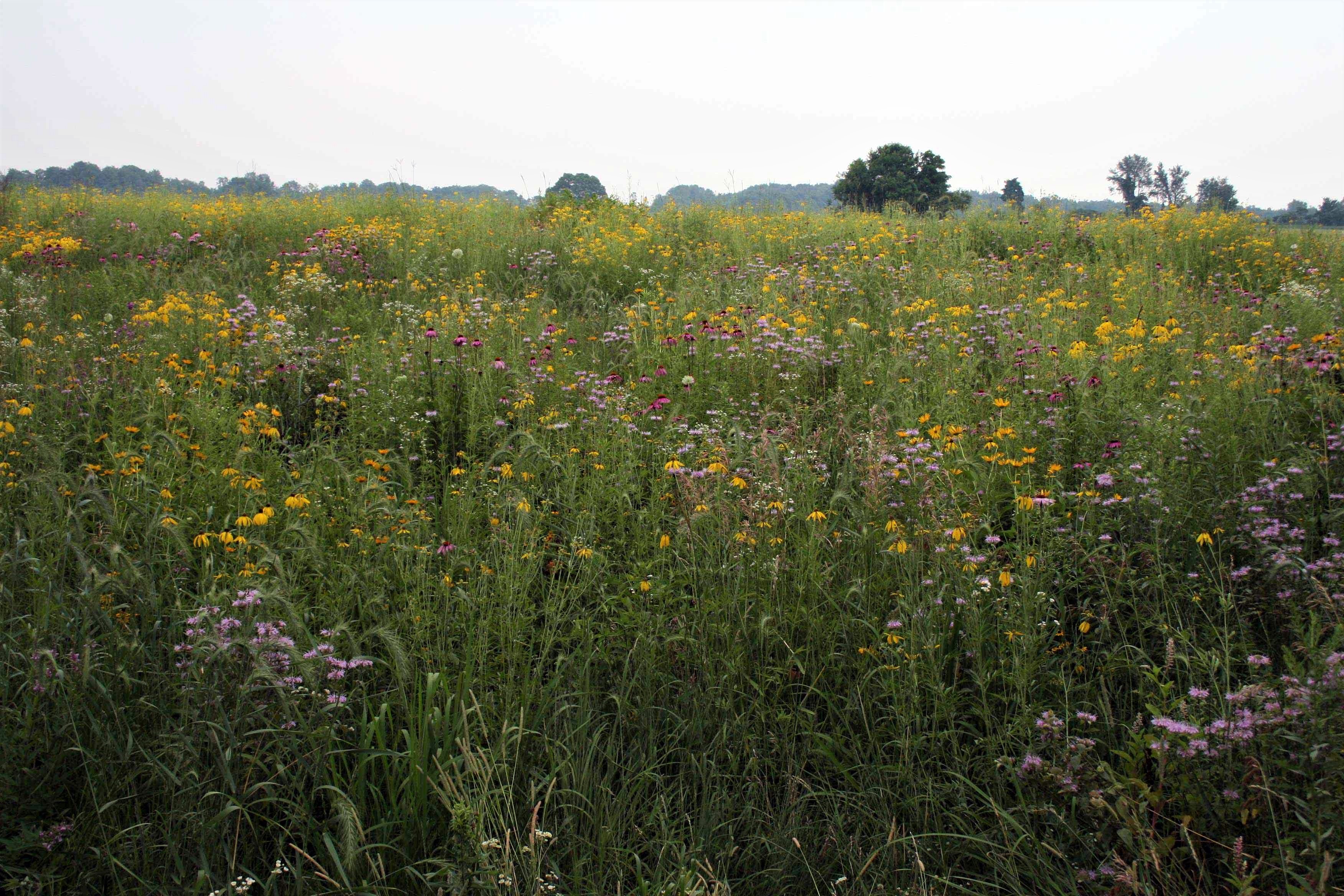Research
My research interests lie in understanding the fundamental drivers of community assembly, diversity ecosystem function relationships, and the coupling of this knowledge with concepts in and approaches to restoration ecology. I work in Midwesern forests in Wisconsin, oak savannas at Cedar Creek LTER, restored prairies in southwestern Michigan, and an experimental prairie system at KBS LTER. My research focuses on four core areas:
Interactions between invasive shrubs, mammals, landscape context, and tree establishment in Midwestern forests

Forests provide essential ecosystem services including, timber production, atmospheric carbon sequestration, maintaining diverse understory plant communities, supporting agricultural services, and bolstering recreation and human health. Across the Midwestern United States forest fragments exist within a varied landscape. Urban and rural forests may differ in substantive ways that are highly relevant for plant recruitment. For example, it is widely appreciated that invasive species and native animals that eat plants (i.e., granivores and herbivores) constrain tree and plant recruitment. Interactions between invasive shrubs and herbivores also have the potential to drive recruitment limitation and modify forest biodiversity. Likewise the composition of forest granivore, herbivore, and predator communties may vary along an rural-to-urban gradient in ways that are important for tree seed and seedling survival.
We are experimentally manipulating invasive shurb cover and mammalian consumers in Midwestern forests along a rural-to-urban gradient to ask how these factors interact to affect tree seed and seedling survival. We hope to inform the sustainable management of forests, and their associated ecosystem services, by understanding the factors that generate variation in tree recruitment and plant diversity.
Impacts of bison re-introduction on Oak Savanna plant communities

Oak savanna is one of Minnesota’s most threatened ecosystems. Today, less than 0.1% of savanna remains, and most have lost their native species as the lack of fire allows trees to dominate and shade them out.
Savanna restoration research at Cedar Creek started in 1965 and has shown that prescribed fire eliminates shrubs and non-savanna tree species and restores savanna species. However, this research has also shown that these frequent fires are preventing oaks from regenerating. It is now clear that fire, by itself, is leading to the slow loss of savanna as oaks are not replacing themselves.
Grazing by large herbivores, such as bison, may be essential for savanna restoration and preservation as bison preferentially graze the most abundant native grasses. When not grazed, these grasses compete with oak seedlings and, when these ungrazed grasses burn, their high abundance causes intense fires that kill oak seedlings. By introducing bison to the oak savannas at Cedar Creek we hope to better understand how we might preserve Minnesota’s oak savannas long into the future.
Testing theory in trait-based community assembly

Understanding how a species’ traits interact with its environment to determine performance is the conceptual underpinning for most trait-based community assembly research. However, the field has often struggled to move beyond simply correlating averaged trait values with environmental conditions to approaches that simultaneously consider functional traits, environmental conditions, and performance.
My work has attempted to push the field forward by using experimental manipulations in a restoration setting to: 1) Understand whether similarity in functional traits between the current plant community and invaders or trait-environment matching mediates the success of the invading species, and 2) Evaluate how trait environment interactions determine seedling establishment success in newly restored prairies.
Linking community assembly and biodiversity ecosystem function theory using functional traits
Plant functional traits have a great potential for linking the two major goals of ecological restoration, community assembly and ecosystem function. Yet, this potential has been poorly realized.
I have approached this connection in two ways: 1) Using functional traits to link environmental conditions and ecosystem functions within a restoration to understand community assembly and the direct and indirect effect of environmental conditions on ecosystem functions, and 2) Using restoration as a system to better understand diversity-ecosystem function relationships and apply this to real world systems by incorporating other metrics of biodiversity, considering landscape level variation in environmental conditions, and predicting multiple different ecosystem function across and within sites simultaneously.